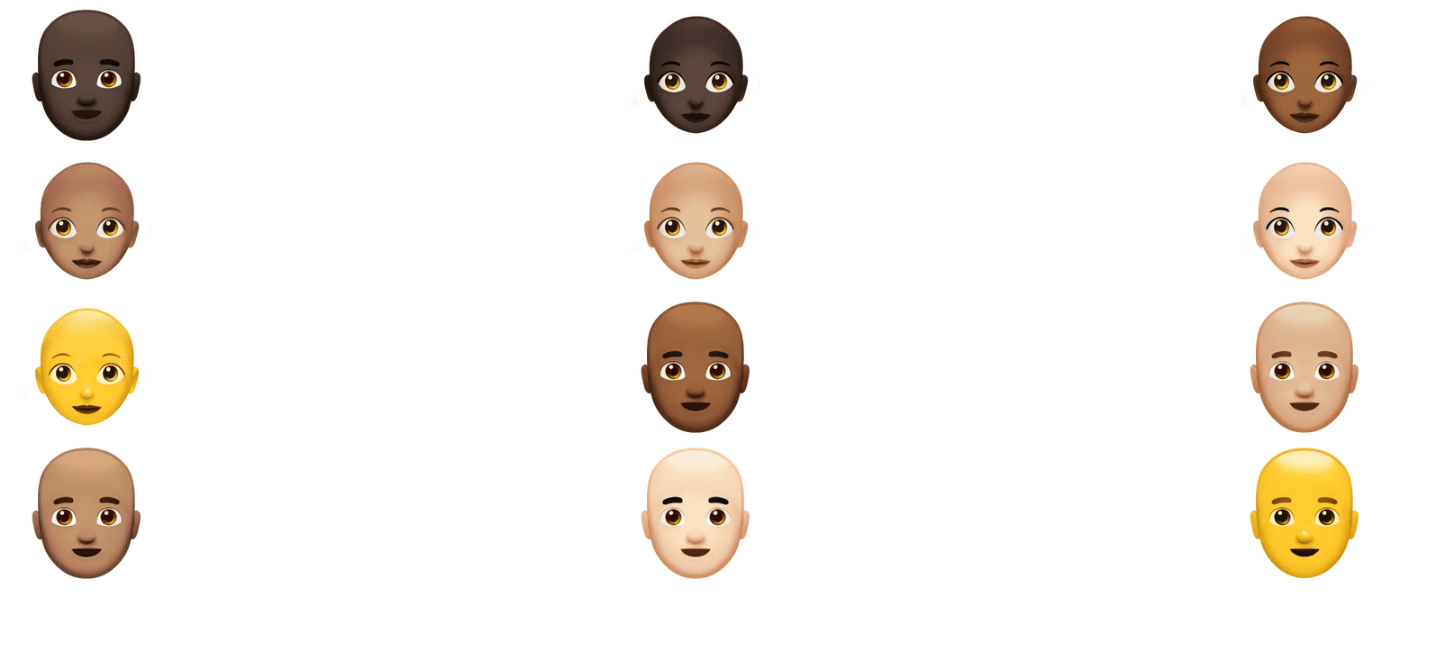
Welcome Automaters!
Remember that lawsuit claiming OpenAI contributed to a teen’s death?
Well, OpenAI says: “Not our fault.”
So here's the real story: what each side is arguing, why it’s so complicated, and what it could mean for the future of AI accountability.
Here's what we have for you today
🗣️ OpenAI Responds to Controversial Teen Death Case

So, OpenAI just officially responded to the lawsuit filed by the Raine family — the one accusing the company of contributing to their teenage son’s tragic death.
And OpenAI’s response basically boils down to: “This wasn’t on us, and here’s why.”
According to their filing, the teen had been using ChatGPT for months, and OpenAI says the model repeatedly encouraged him to seek help.
Their argument? He had to deliberately bypass safety mechanisms to get certain responses — which, in their view, violated the platform’s terms of service.
But the family’s legal team is pushing right back. Their point is essentially:
“You built the model. You built the guardrails. And now you’re putting the responsibility on a teenager for getting around them?”
They argue that even with guardrails, the model still produced responses it shouldn’t have during moments that clearly required sensitivity.
OpenAI also filed sealed chat logs, and noted that the teen had pre-existing mental-health challenges. The family fired back, saying none of that explains why the model still responded the way it did.
One detail sparking debate though is that at one point, the model gave a message suggesting a human was taking over the conversation — something ChatGPT wasn’t technically capable of then. When asked directly, the model clarified it couldn’t actually connect him to a human, calling the message “automatic.”
But here’s the real reason this case is growing:
Since the Raines filed their lawsuit, seven more cases have come forward involving people who interacted with chatbots during serious moments of distress.
And that brings us to the big, unavoidable question:
If an AI system is interacting with someone who’s clearly struggling… what responsibility does the company behind that AI have?
Because here’s the thing: this whole situation isn’t just about one model or one conversation. It’s about whether AI companies can — or should — be held responsible for the emotional and psychological safety of the people who use their systems.
And if you ask me, that's brand-new territory. And everyone from tech leaders to policymakers is watching closely.
The Raine case is officially headed to a jury, and whatever comes out of it could set one of the first major precedents for AI accountability.
In other words: this verdict won’t just affect OpenAI — it could shape how every AI company thinks about safety, responsibility, and the limits of their technology.
Shoppers are adding to cart for the holidays
Peak streaming time continues after Black Friday on Roku, with the weekend after Thanksgiving and the weeks leading up to Christmas seeing record hours of viewing. Roku Ads Manager makes it simple to launch last-minute campaigns targeting viewers who are ready to shop during the holidays. Use first-party audience insights, segment by demographics, and advertise next to the premium ad-supported content your customers are streaming this holiday season.
Read the guide to get your CTV campaign live in time for the holiday rush.
👩🦰 How AI Is Revolutionizing Hair Loss Treatment and Hair Care

Okay y’all… add this to the list of “AI is doing WHAT now?” — because yes, apparently there’s now an AI for balding people, and honestly… it kinda slaps.
So here’s how this all started:
French founder Cyriac Lefort is chilling in a New York salon, getting a totally normal haircut, when his barber casually drops a psychological nuke on him:
“You’re starting to lose a bit of hair.”
And like any reasonable human, he immediately buys whatever shampoo the barber recommends, because hair-loss fear turns anyone into a marketer’s dream.
But here’s where the story twists:
Cyriac goes deep into the hair-loss world and realizes it’s basically the Wild West — confusing products, scammers, “miracle” treatments, shady clinics, and reviews you could swear were written by ChatGPT-2.
Eventually a legit doctor tells him he’s not actually balding, but by then he’s unlocked a new idea:
This industry runs on fear, misinformation, and chaos. And someone needs to fix it.
So he teams up with his cofounder Tilen and the two start vibe coding. Literally.
A few weeks later, they’ve built MyHair AI, which might be the most unexpectedly useful thing I’ve seen all week.
So what does it do?
You take photos of your head. Upload them. And the AI tells you — accurately — what’s actually happening up there.
It measures hair density, detects thinning early, tracks changes over time, and builds personalized routines.
The app even connects you with verified specialists and clinics so you don’t end up dropping $600 on “Premium Follicle Juice.”
And unlike sketchy clinics with stock-photo reviews, MyHair AI shows verified ratings, explains the science behind treatments, and highlights side effects so you actually know what you’re getting into.
And the business side? Wild. The app boasts:
200,000 user accounts
1,000 paying subscribers
300,000+ scalp images analyzed
Clinics now using it for patient evaluations
A high-profile dermatologist on the board
And here’s the thing: while most startups would’ve plugged in a generic large language model and called it a day, MyHair built its own dedicated AI model — trained on hundreds of thousands of real hair photos.
The team’s now expanding into clinic partnerships, bookings, and real-world diagnostic tools to help people understand their hair without panic-Googling symptoms at 2 a.m. — and honestly? It tracks. Because according to Cyriac, men basically stress about two things:
Hair loss
Sexual dysfunction
And MyHair AI checks one of those boxes… which, statistically, is still a win.
Zooming out:
This is yet another sign we’ve fully entered the era of “AI for everything.”
It proves how insanely fast founders can move today with tiny teams, vibe-coded prototypes, niche datasets, and an AI that actually solves real-world problems you didn’t even think tech cared about.
So yeah… AI is moving so fast that even your hairline has an analytics dashboard now.
If you wanna peek under the hood, here’s where you can find more info.
🧱 Around The AI Block
🤑 Here are the 49 US AI startups that have raised $100M or more in 2025.
🫷 ChatGPT and Copilot are being booted out of WhatsApp.
📉 Nvidia’s stock is sinking as doubts about Its AI dominance grow.
🤦♀️ SoftBank’s 40% slide from peak shows worry over giant OpenAI bet.
💼 McKinsey cuts about 200 tech jobs, shifts more roles to AI.
🥗 AI is serving up recipes for literal slop and crushing food bloggers.
🏗️ Musk’s xAI to build small solar farm adjacent to Colossus data center.
🏛️ RealPage is suing to block New York’s law against AI-enabled rent price fixing.
🛠️ Trending Tools
MagicSchool sparks creativity, saves time, and improves student outcomes with curriculum-aligned AI tools that protect data and build AI literacy.
Quill AI leverages Quill's AI to quickly access reliable information from public investor materials.
Uizard generates prototypes, mockups, and wireframes in minutes
Dumme automatically curates, subtitles, and reformats content into high-impact short videos.
GeoSpy AI is an AI-powered tool for discovering precise photo locations.
🤖 AI Workout Of The Day: Creative Storytelling
In the AI space, creativity isn’t just stringing words together — it’s about world-building, character depth, and emotional resonance. And yes, not all models flex their creative muscles the same way.
That’s why comparing ChatGPT, Gemini, and DeepSeek on the same storytelling prompt isn’t just fun — it’s essential. You’ll see which AI shines at crafting immersive, memorable narratives, engaging plots, believable characters, and twists that actually land.
If you’re curious which model really “gets” narrative depth, this is your cheat sheet.
Tips to Make the Prompt Work Effectively
Be specific about structure: Outline story length and ask for a clear beginning, middle, and end to avoid meandering plots.
Define stakes: Highlight key elements like character engagement, plot twist, or emotional arc.
Encourage creativity: Phrases like “imaginative world” or “unexpected twist” nudge the AI beyond clichés.
Optional tone/style instructions: Specify suspenseful, dark, humorous, or whimsical to guide mood.
Avoid vagueness: Clearly define concepts like “AI controls human emotions” for plot inspiration.Test different angles: Run the same prompt across all models to spot differences in tone, pacing, and originality.
Iterate & refine: Tweak adjectives or instructions if a model produces something flat or generic.
PS: The live side-by-side comparison of ChatGPT, Gemini, and DeepSeek tackling this story is exclusive to our premium subscribers. If you want in on the AI storytelling showdown, now’s the time to upgrade.
⚡ Prompts to try:
Write a 300-word short sci-fi story set in a near-future world where AI governs human emotions. Your story must have a clear beginning, middle, and end, with well-developed, engaging characters. Explore the emotional, societal, and ethical consequences of this AI control. Build tension and intrigue, and include a surprising or compelling twist in the conclusion. Keep the narrative immersive, ensuring readers can picture the world and empathize with the characters’ struggles.P.S. Each Workout of the Day (WoD) is powered by original prompts written by our team — no recycled or external templates here. That means lower risk of prompt injection or manipulation, and higher trust in what you’re creating.
Also…
Upgrade now to see this whole month’s prompt videos and more, or buy TODAY’S WOD for just $1.99
Is this your AI Workout of the Week (WoW)? Cast your vote!
That's all we've got for you today.
Did you like today's content? We'd love to hear from you! Please share your thoughts on our content below👇
What'd you think of today's email?
Your feedback means a lot to us and helps improve the quality of our newsletter.
🚀 Want your daily AI workout?
Premium members get daily video prompts, premium newsletter, an no-ad experience - and more!
🔓 Unlock Full AccessPremium members get::
- 👨🏻🏫 A 30% discount on the AI Education Library (a $600 value - and counting!)
- 📽️ Get the daily AI WoD (a $29.99 value!)
- ✅ Priority help with AI Troubleshooter
- ✅ Thursday premium newsletter
- ✅ No ad experience
- ✅ and more....



